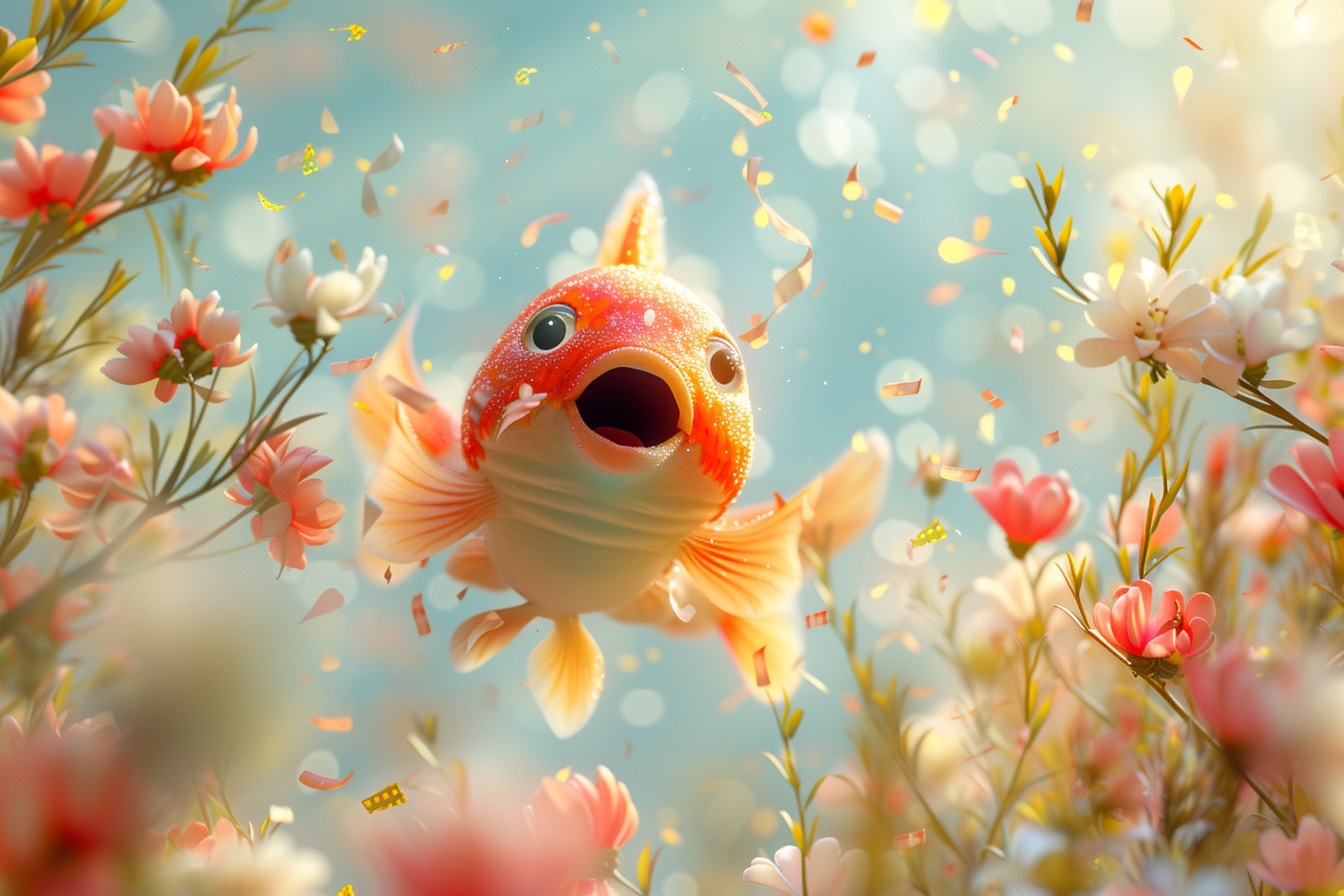Laugh Track Through Time: Discovering the Roots and Rituals of April Fool’s Day

The origins of April Fools
A mystery surrounds the roots of April Fools’ Day, a centuries-old tradition that arouses curiosity and hilarity every year. The origins of this custom, widely celebrated in several countries around the world, are lost in the twists and turns of history. To understand the essence of this celebration, it is appropriate to explore the different theories and anecdotes that attempt to unravel this mystery.
The transition to the Gregorian calendar is often mentioned as one of the major hypotheses. Before the adoption of this new calendar system by Charles IX, the new year was celebrated around the beginning of April. With the introduction of the Gregorian calendar, the start of the year was moved to January 1st. Some continue to commemorate the old New Year in April, leading to jokes and the exchange of paltry gifts.
Another approach focuses with symbols related to fish, particularly in the Christian religion where the fish represents Jesus Christ. The idea of playing with each other during the Easter period would have gradually transformed into a custom accepted and practiced in a secular manner.
The arrival of spring, when nature takes back its rights, also offers a plausible explanation. According to this perspective, April Fools would reflect the renewal, fertility and abundance specific to this season where everything seems possible, including deceiving the vigilance of others in a good-natured atmosphere.
The April Fool’s tradition
Fun tradition par excellence, April Fools encourages young and old to use their imagination to trap their loved ones. The goal is not to cause harm but to invent a prank that is both credible and funny, which will surprise the victim before they discover the trick.
The habit of joking in different forms is an integral part of the tradition. It can involve sticking a paper fish behind a person’s back without them noticing, originally a mark of deception. Or to tell a fabricated anecdote, or to spread false information aimed at sowing confusion for a burst of laughter.
Each country practicing April Fools’ Day has its own rites. In some places the day is dedicated to children, while in others the media itself indulges in the tradition by publishing colorful articles invented from scratch.
Around the world
April Fools’ Day events vary from country to country. In the UK, stuffing only lasts until midday. Anyone who plays a bad joke after this time is considered an April Fool himself. In Scotland, the term for an April Fool’s joke is “gowk”, which means “cuckoo” in English, a bird known for its naivety.
In Italy, the tradition is known as “Pesce d’aprile” and operates on similar principles to those practiced in other countries. In India, the last day of the celebration of Holi, a colorful Hindu festival, sometimes includes jokes and resembles April Fools’ Day.
The Influence of Media and Brands

In the modern era, media platforms take the opportunity to develop often ingenious hoaxes. From radio shows to newspaper pages, television channels and digital platforms, April Fools sometimes take on monumental proportions, involving elaborate scenarios and highly elaborate deceptions.
Brands are not to be outdone, they combine marketing and April Fools’ Day to capture attention, thus generating interest in their products through creative advertising and surprising announcements. The challenge is to mark the collective memory while generating sympathy and a conversation around the identity of the brand.
April Fools in the digital age

With the advent of digital, the scope of the pranks has multiplied. Social media and online platforms have become the ideal theater for spreading hoaxes on a global scale. The instant sharing of fake information, often enhanced with images and videos, allows for almost immediate virality, leaving room for limitless creativity.
Applications and websites temporarily play on their interface or their functionalities to cheer up their users. This manifests itself by the appearance of fictitious features or by the humorous transformation of the user experience.
A cultural phenomenon
The anchoring of April Fools’ Day in culture shows how this custom goes beyond the scope of a simple joke. It is a form of social expression and a collective need to desacralize the seriousness of everyday life. It is a window of freedom, where laughter and derision occupy the foreground, paying homage to human playfulness.
Beyond the pranks, this tradition calls on everyone’s receptivity to the information received, indirectly emphasizing the importance of critical thinking.
Some voices have spoken out against the risks that this day may entail, calling for vigilance, particularly regarding the propagation of erroneous information that could mislead. Despite these legitimate warnings, April Fools’ Day remains a popular moment which, when practiced with respect for others, strengthens conviviality and complicity between individuals.
Ultimately, understanding April Fools means recognizing our own capacity to play and be played. It is an annual celebration of wit, a tribute to humor as a vector of community and a reminder of the impermanence of appearances. April Fool’s Day is, above all else, an invitation to joy, creativity and carefreeness.
Comments
Leave a comment